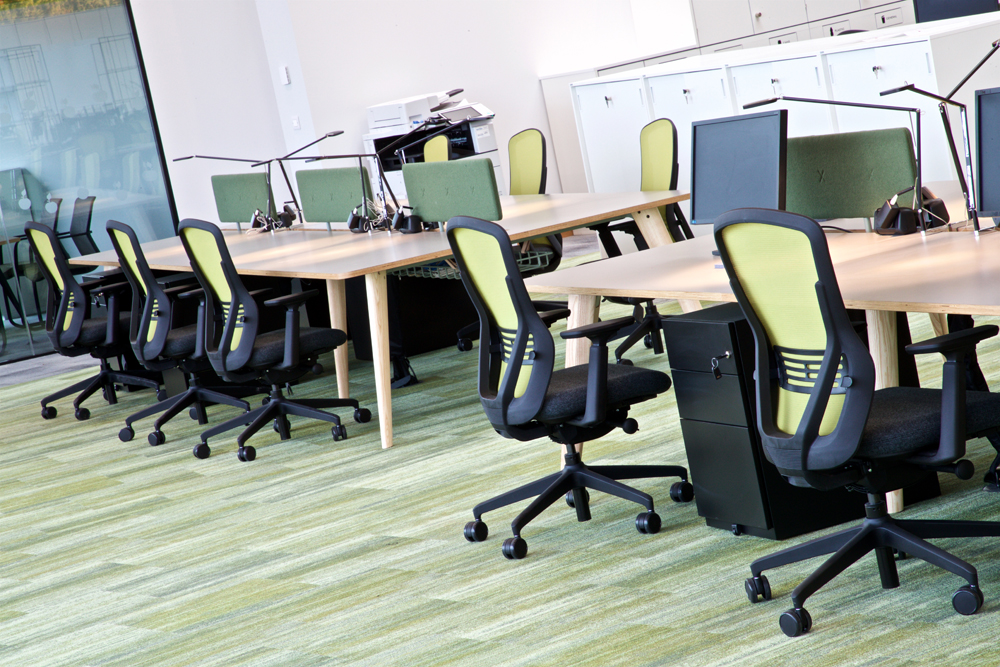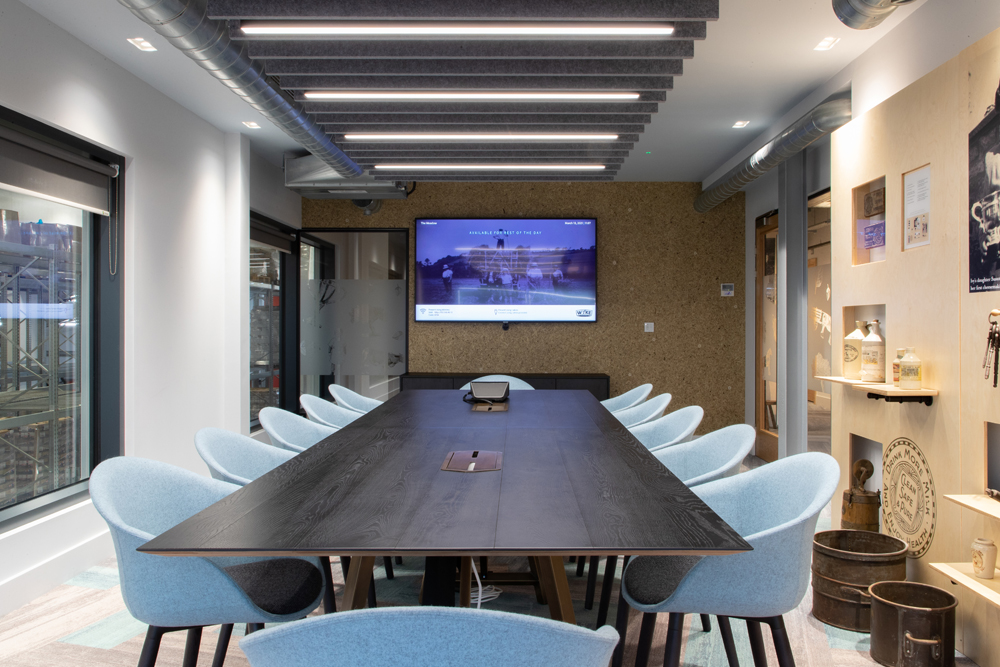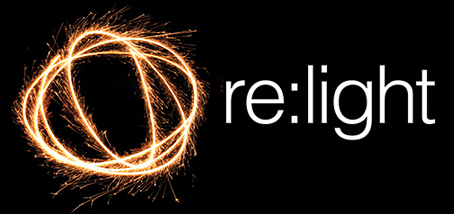Lighting has a huge part to play in our work performance, energy levels and ability to concentrate. People who work in either too harsh or too dim artificial light, for example, are more likely to feel tired at the end of the working day whereas those who work in settings with more natural lighting have more energy.
Studies show that lighting in the workplace can have a significant impact on employees’ productivity and efficiency on the job as well as their satisfaction. In a study from the American Society of Interior Designers, 68% of workers complain about the lighting in their office.
HOW DOES LIGHTING AFFECT PRODUCTIVITY?
We all have a body clock called a Circadian Rhythm. Our bodies are naturally attuned to the rhythms of sunlight, which means we rise with the sun and go to sleep when it sets.
Certain types of light will activate our Circadian Rhythm. Light levels can trigger activities like the desire to sleep, relax or be stimulated.
It’s almost impossible to avoid artificial lighting in the workplace but they can cause problems. For example:
- Dim lighting can strain the eyes, leading to headaches and sight impairment.
- In poorly lit offices employees may get drowsy and lose motivation
- Bright lighting or high-intensity lighting can also affect productivity. Fluorescent or halogen lighting can sometimes cause workers to get headaches and migraines
- Harsh lights that can’t be adjusted can interfere with people’s Circadian Rhythm, leading to impaired sleep.
- Lack of natural light can cause anxiety and depression, particularly in the winter months
SOME LIGHTING SOLUTIONS
Colour temperatures
The colour temperature of natural daylight is 5000-7000K, so you need lighting with this colour temperature in your office space. In addition:
- Warm lighting is best for intimate settings, like break rooms. It can create a sense of comfort and relaxation.
- Mid-toned lighting is best for conference rooms. It’s more welcoming, but also cool enough to promote alertness.
- Cool lighting is best for brainstorming rooms. This light can improve alertness, mood, and productivity. It can also lower melatonin levels, which can reduce fatigue.
Use LED Lights
LED lighting is far superior to fluorescent. It’s more energy-efficient and lasts longer than traditional incandescent or fluorescent lighting. LED lights can be dimmed or brightened depending on the time of day or activity being performed. (See our other blog about LEDs).
Flexible Lighting
The ideal office has variable or flexible lighting, which allows one to dim overhead lights. You also need individual lights and lamps that your team members can adjust, depending on their preference or task at hand (like we used at Seco Tools, for example.)
Office Layout
Position furniture so that your team can benefit from both artificial lighting and natural light. Arrange desks, tables, and computers so they face opposite artificial lighting.
Look out for future blogs on this topic, including more about colour temperatures, human centric lighting (HCL) and other technologies!




